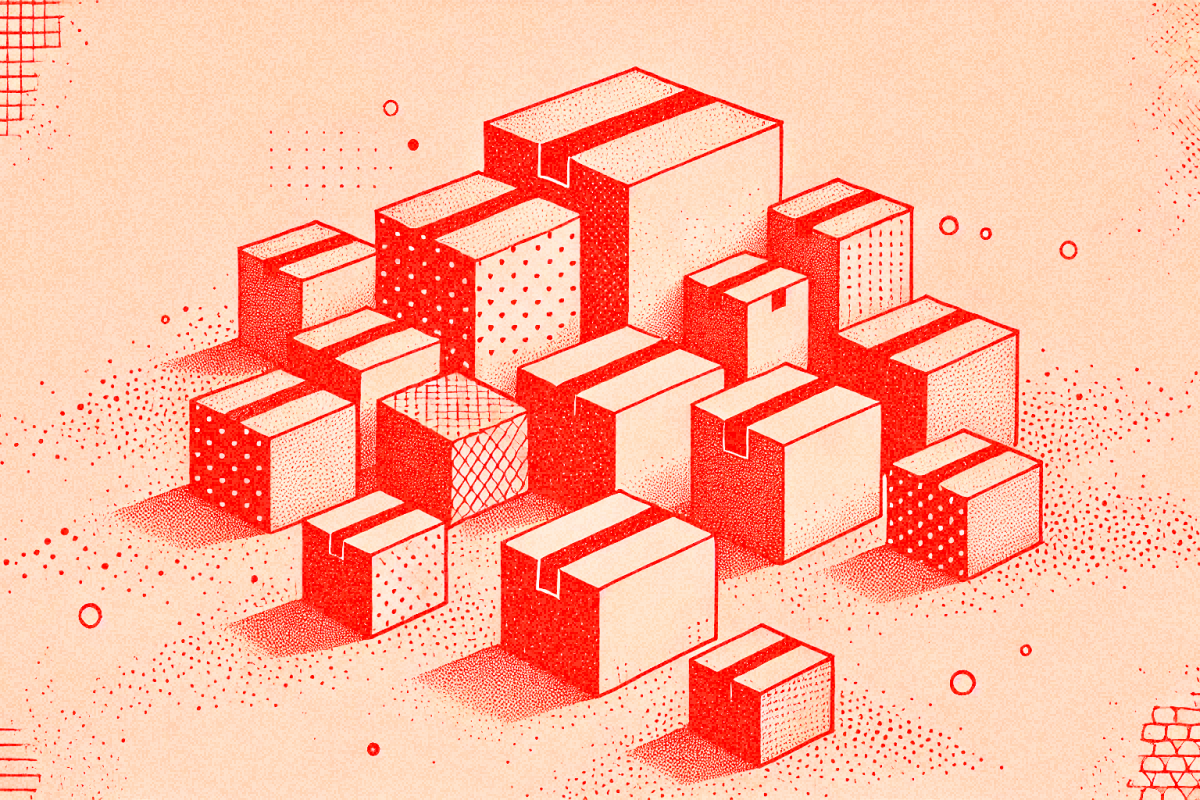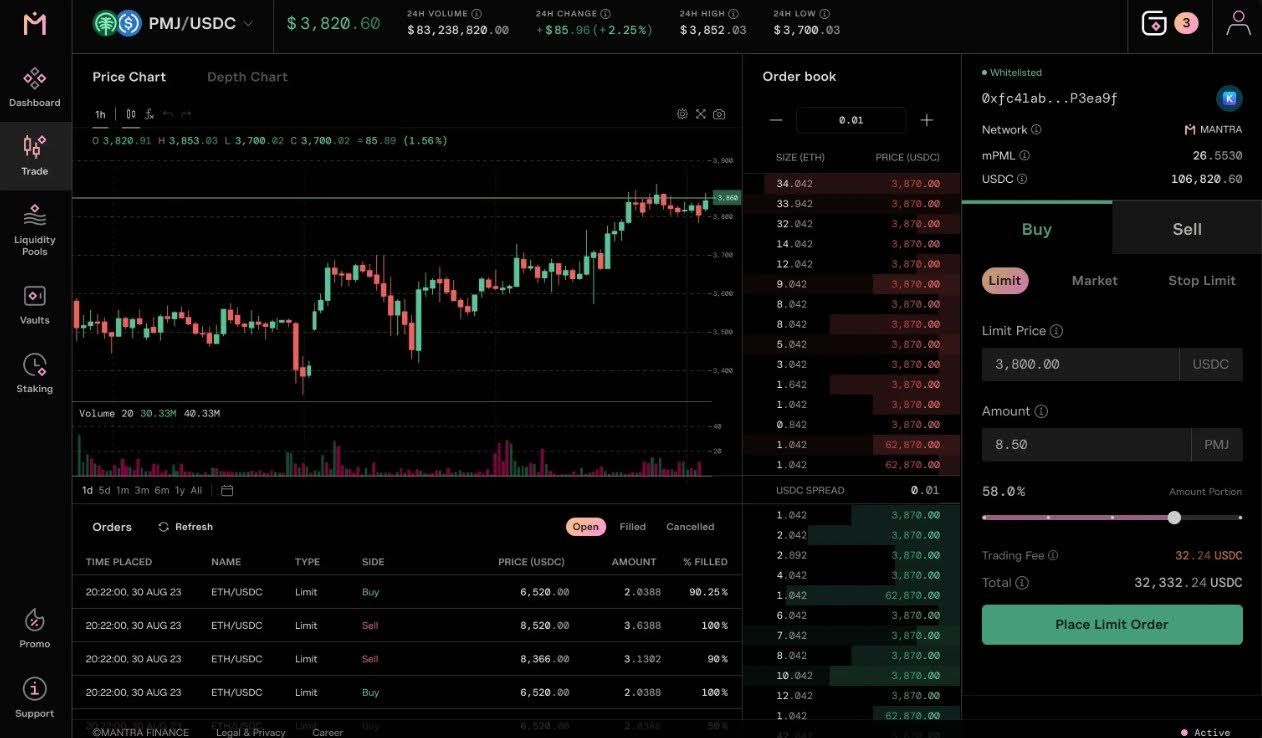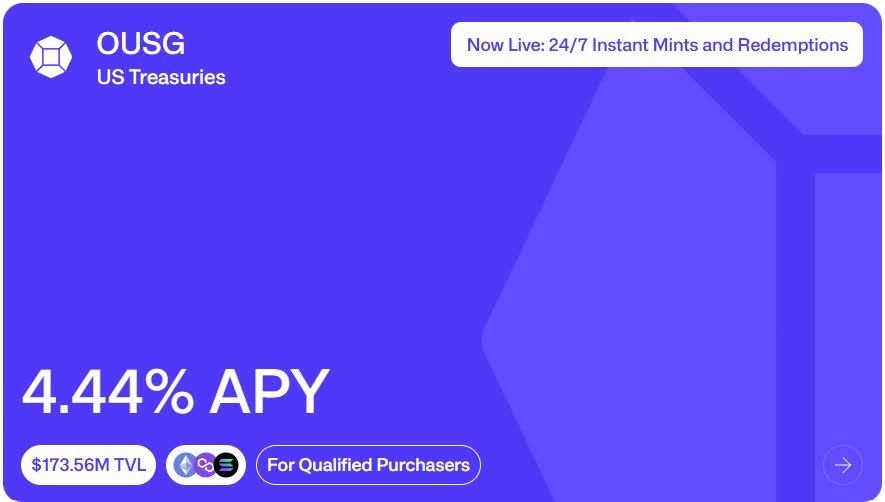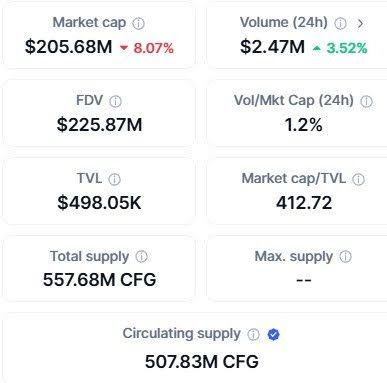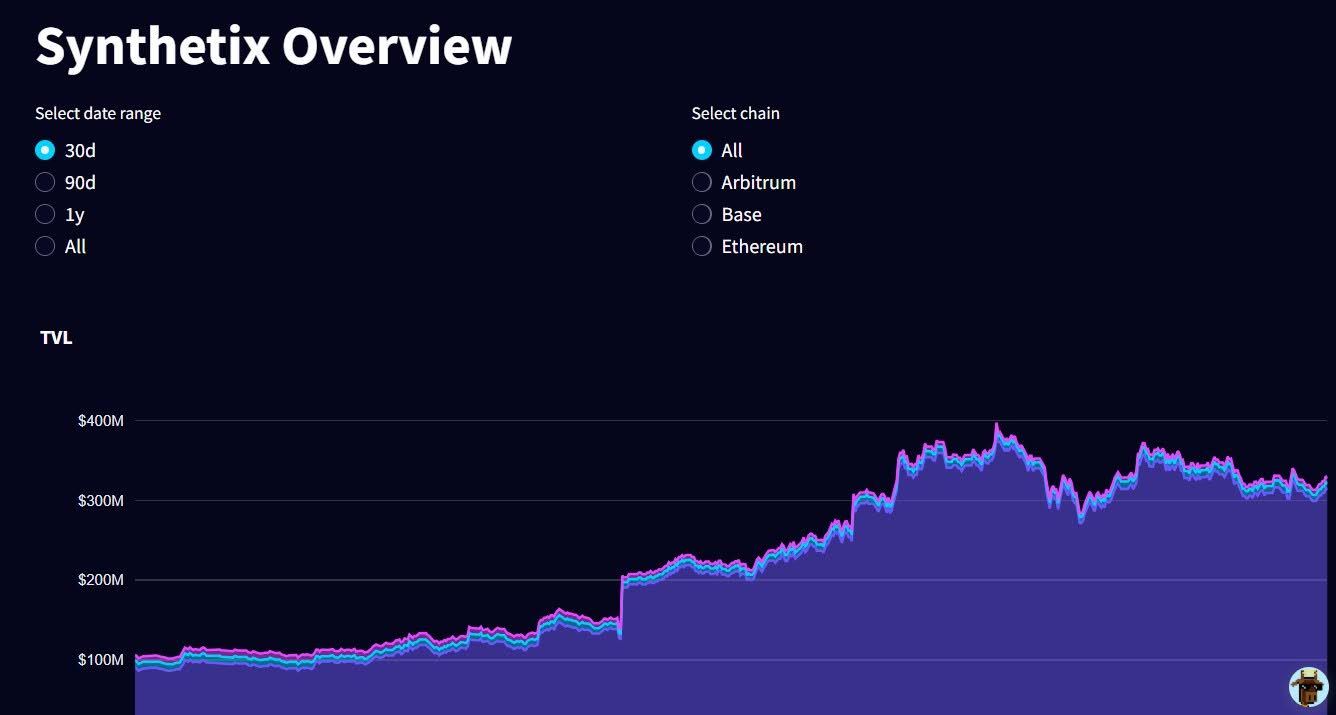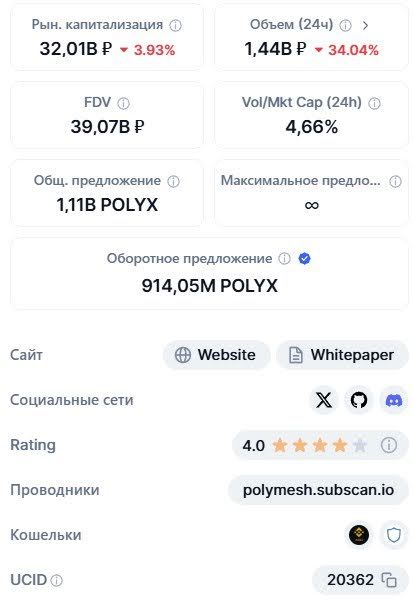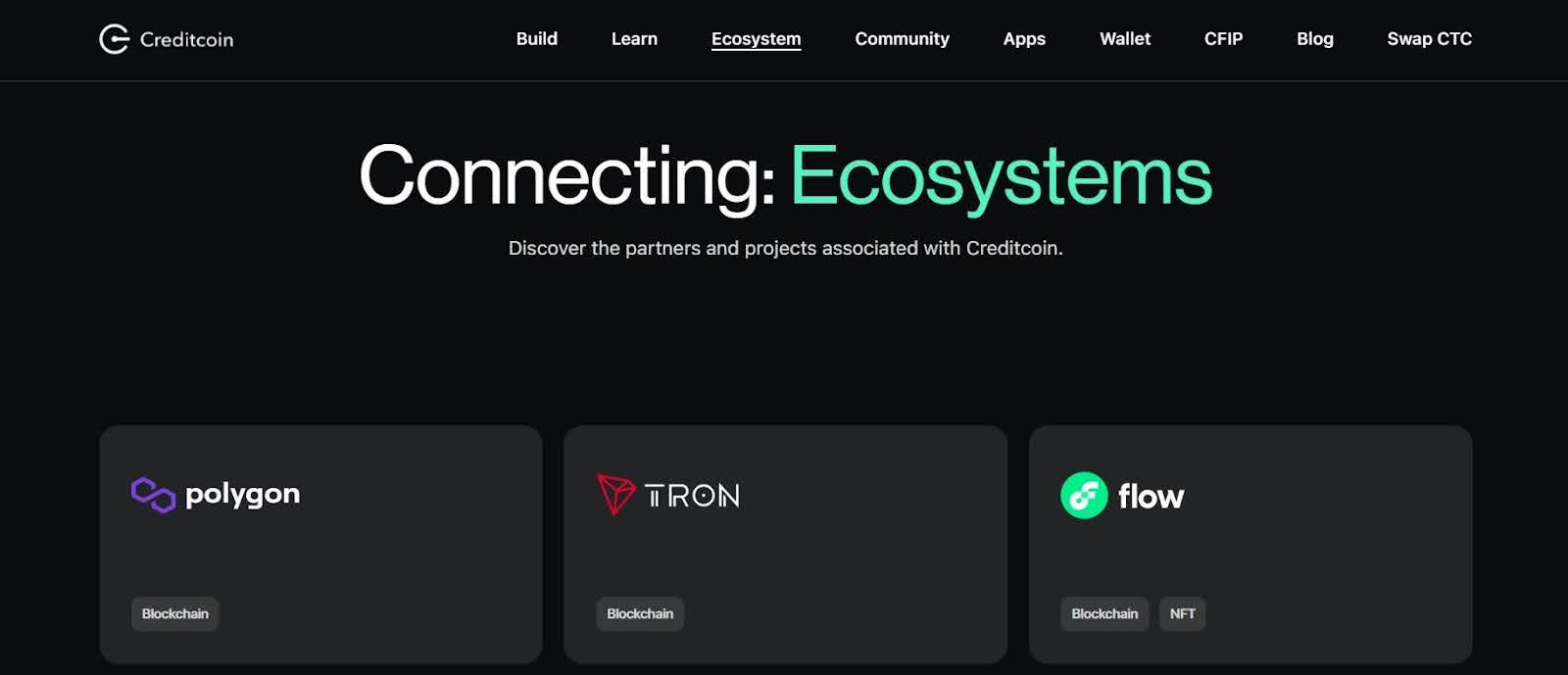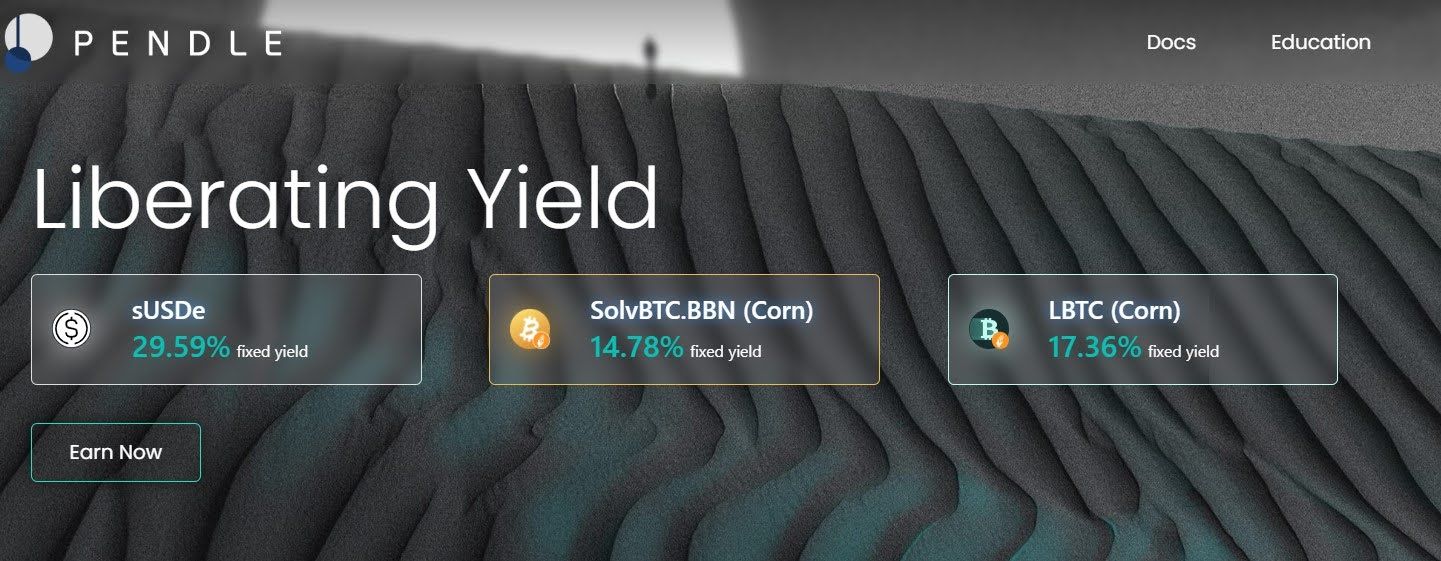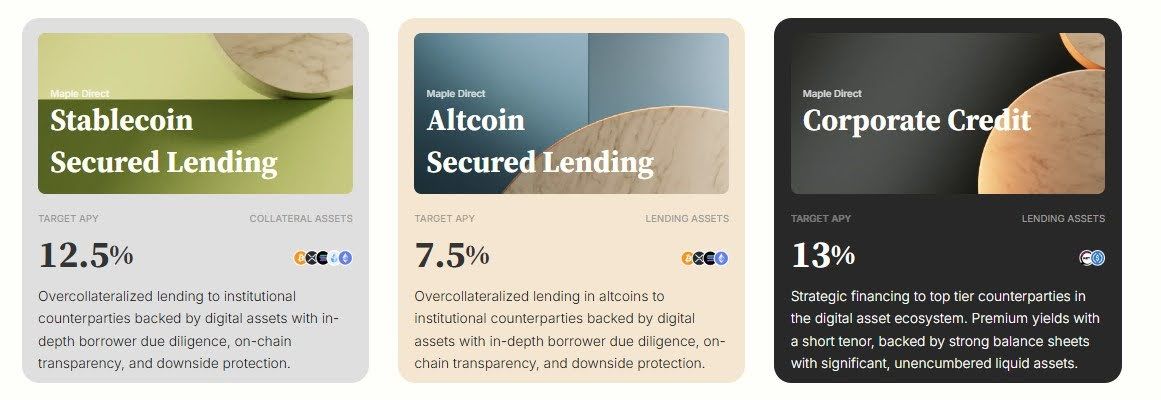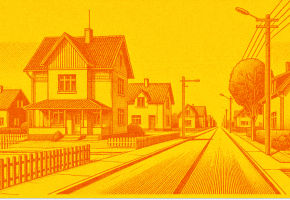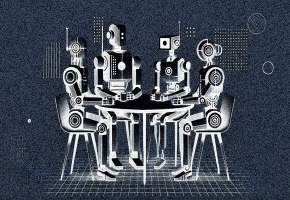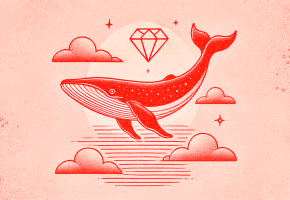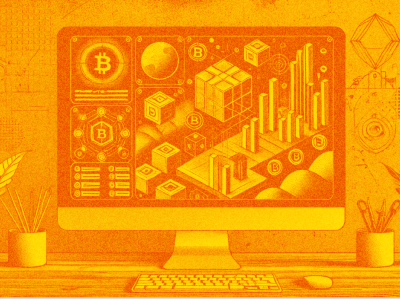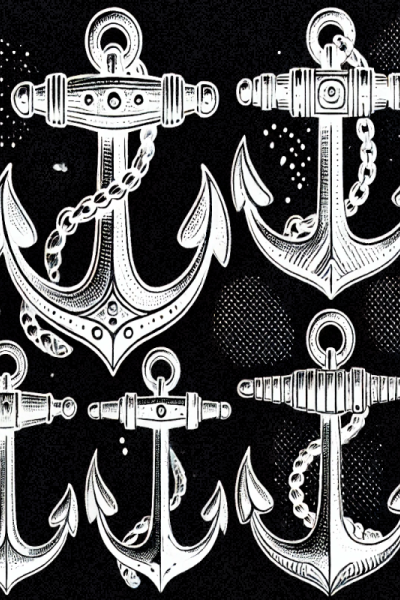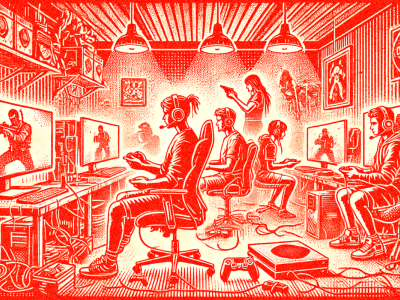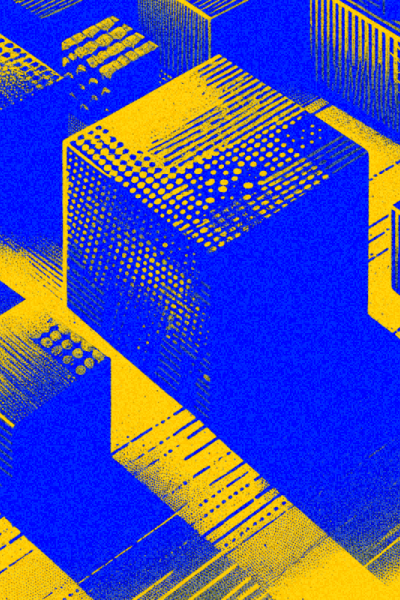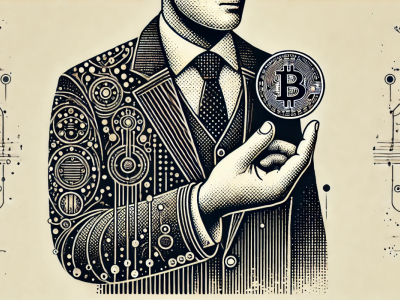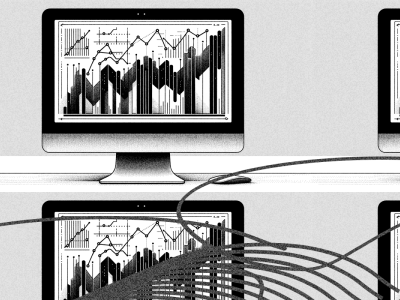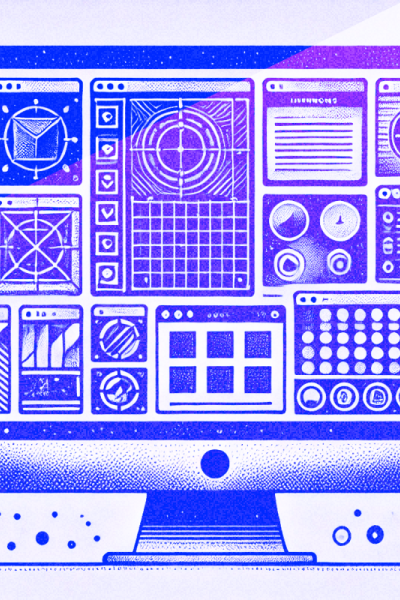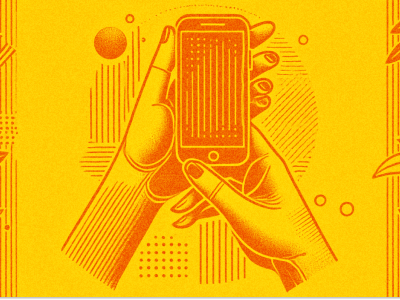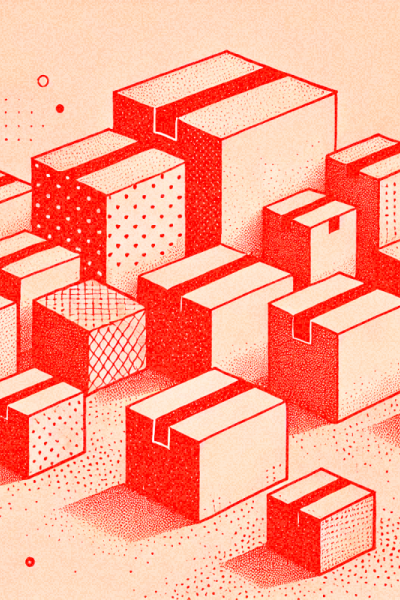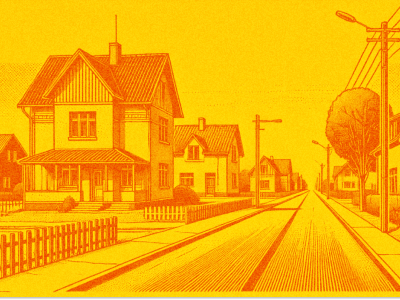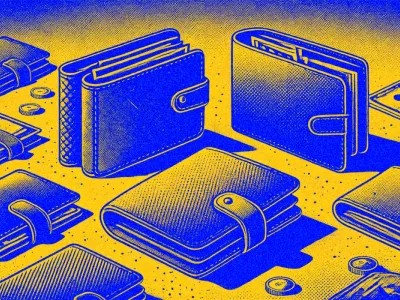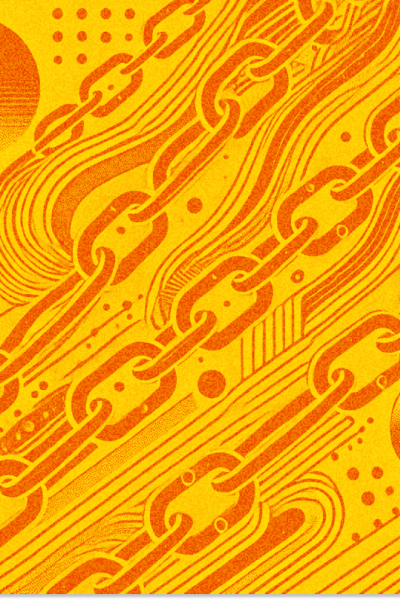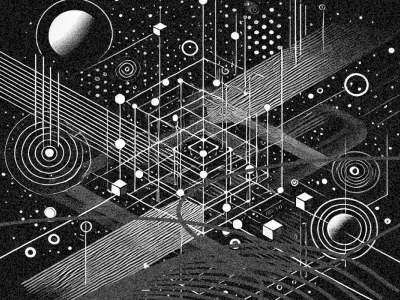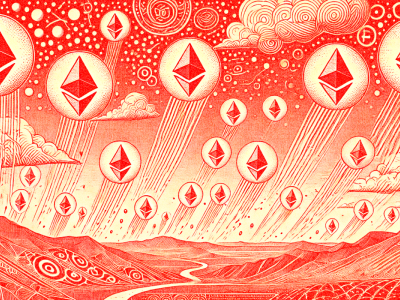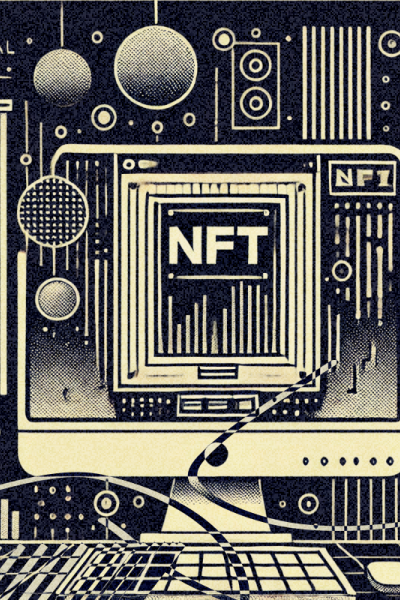MakerDAO, now called Sky, is one of the most well-established projects in the world of decentralized finance (DeFi). Launched in 2017, it became famous for issuing DAI, a popular stablecoin pegged to the US dollar. In recent years, the project has incorporated the tokenization of real-world assets, including collateralized real estate loans.
MakerDAO enables property owners to access real-time liquidity in the form of DAI stablecoins. The funding amount depends on the value of the collateral, and the loans are subject to interest payments — similar to traditional financial systems.
However, the difference is that the interest payments are reinvested into the growth of the MakerDAO ecosystem, allowing the platform to evolve organically.
MakerDAO divides real collateral assets into four categories:
- Cashlike — Centralized stablecoins like USDC and short-term government bonds.
- Clean Money — Assets tied to sustainable projects in renewable energy, nuclear energy, and agriculture.
- Miscellaneous — Other assets, including ERC-20 tokens, WBTC, security tokens, and Layer 1 bridge tokens.
- Physically Resilient RWA — Real assets that are difficult to confiscate, such as physical real estate or durable equipment.
This well-thought-out structure allows MakerDAO to regulate the use of RWA, ensuring the long-term sustainability and security of its ecosystem.

